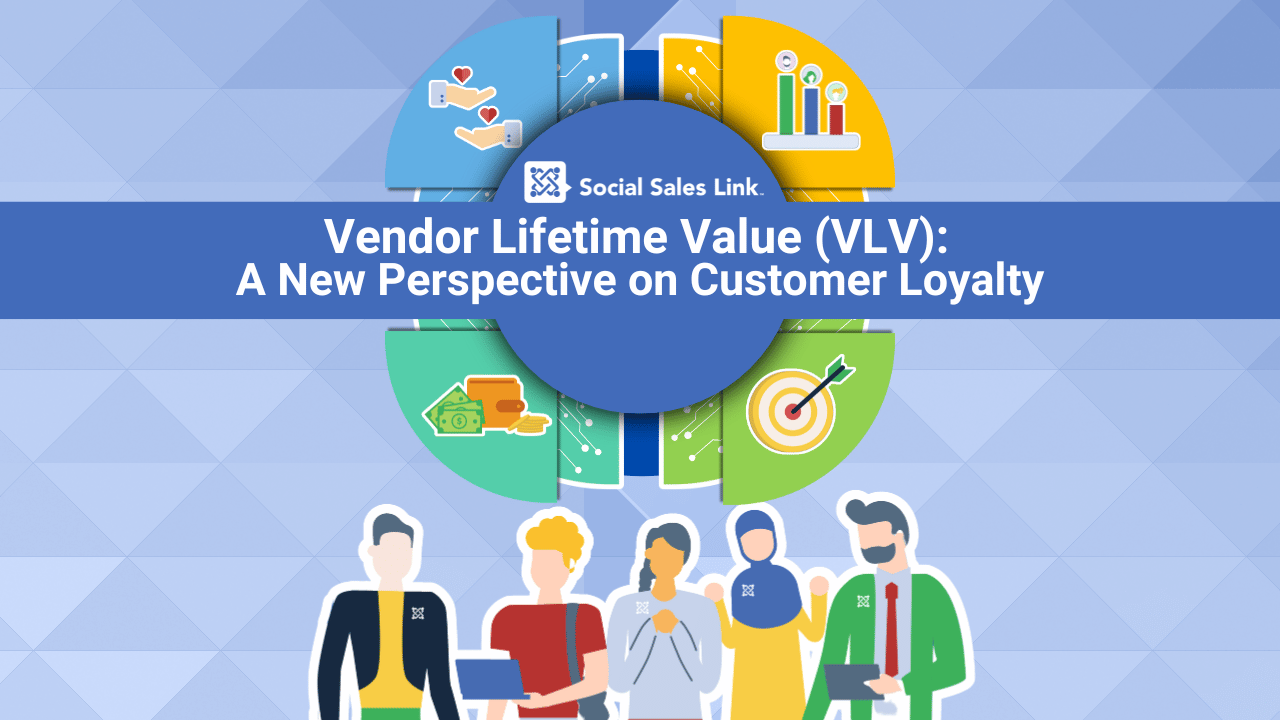
VLV shifts the perspective to the value a customer derives from maintaining a long-term relationship with their vendor. While CLV emphasizes the financial gains for the company, VLV highlights the benefits customers enjoy by staying with a reliable and supportive vendor. This concept is not just about the immediate value a customer receives from a transaction, but rather the cumulative benefits over time, including consistent product quality, reliable service, ongoing support, and the peace of mind that comes with a trusted partnership.
Why Vendor Lifetime Value Matters
1. Enhanced Customer Loyalty: A strong VLV customer loyalty begins when customers recognize the long-term benefits of sticking with a vendor—such as receiving tailored solutions, enjoying loyalty rewards, or accessing dedicated support—they are more likely to stay, reducing churn and increasing their overall lifetime value.
2. Reinforcing CLV: The relationship between CLV and VLV is symbiotic. While CLV measures the value a business gains from a customer, this value is reinforced by the positive experiences and benefits the customer derives from the relationship. When customers feel valued and supported by their vendor, they are more likely to make repeat purchases, recommend the vendor to others, and engage more deeply, all of which contribute to higher CLV.
3. Sustainable Growth: Optimizing both CLV and VLV creates a mutually beneficial relationship that drives sustainable growth. Businesses that focus on delivering long-term value to customers—beyond just the product or service—are more likely to develop strong, resilient relationships that withstand market fluctuations, competitive pressures, and changing customer needs.
How to Enhance Vendor Lifetime Value
1. Consistent Quality and Reliability: Ensure that your products or services consistently meet or exceed customer expectations. Over time, this builds trust, which is foundational to long-term relationships.
2. Personalized Customer Support: Offering personalized and proactive customer support can significantly enhance VLV. Customers who feel that their unique needs are understood and addressed are more likely to view the relationship as valuable.
3. Loyalty Programs and Exclusive Benefits: Implement loyalty programs that reward long-term customers. Exclusive discounts, early access to new products, or premium support options can make customers feel valued and encourage them to maintain their relationship with the vendor.
4. Ongoing Communication and Engagement: Regularly engage with your customers through newsletters, product updates, and feedback surveys. This keeps the relationship active and demonstrates that you value their business beyond the initial sale.
5. Adaptability and Innovation: As markets and customer needs evolve, so should your offerings. Being a vendor that adapts and innovates to meet changing demands ensures that your relationship with customers remains relevant and valuable over time.
Businesses can no longer afford to focus solely on Customer Lifetime Value without considering the other side of the equation: Vendor Lifetime Value. By understanding and optimizing VLV, businesses can not only enhance customer loyalty but also reinforce CLV, creating a partnership that is truly mutually beneficial. In essence, the most successful companies will be those that recognize the importance of delivering value to their customers not just today, but throughout the entire lifetime of their relationship.
By focusing on both CLV and VLV, companies can build resilient relationships that drive long-term growth, ensuring that both parties continue to derive value from the partnership well into the future.
Choose Your Path to Success: Including Our FREE Membership!
Explore our Membership Options today and gain immediate access to a comprehensive library of LinkedIn training resources. Whether you want to enhance your LinkedIn sales training, master Sales Navigator training, or unlock AI training for sales, we offer a wide range of expert-led content to help you succeed.
Start Trust-Based Conversations without Being Salesy and learn how to leverage the power of Social selling and AI to build authentic relationships, engage prospects effectively, and close more deals.
